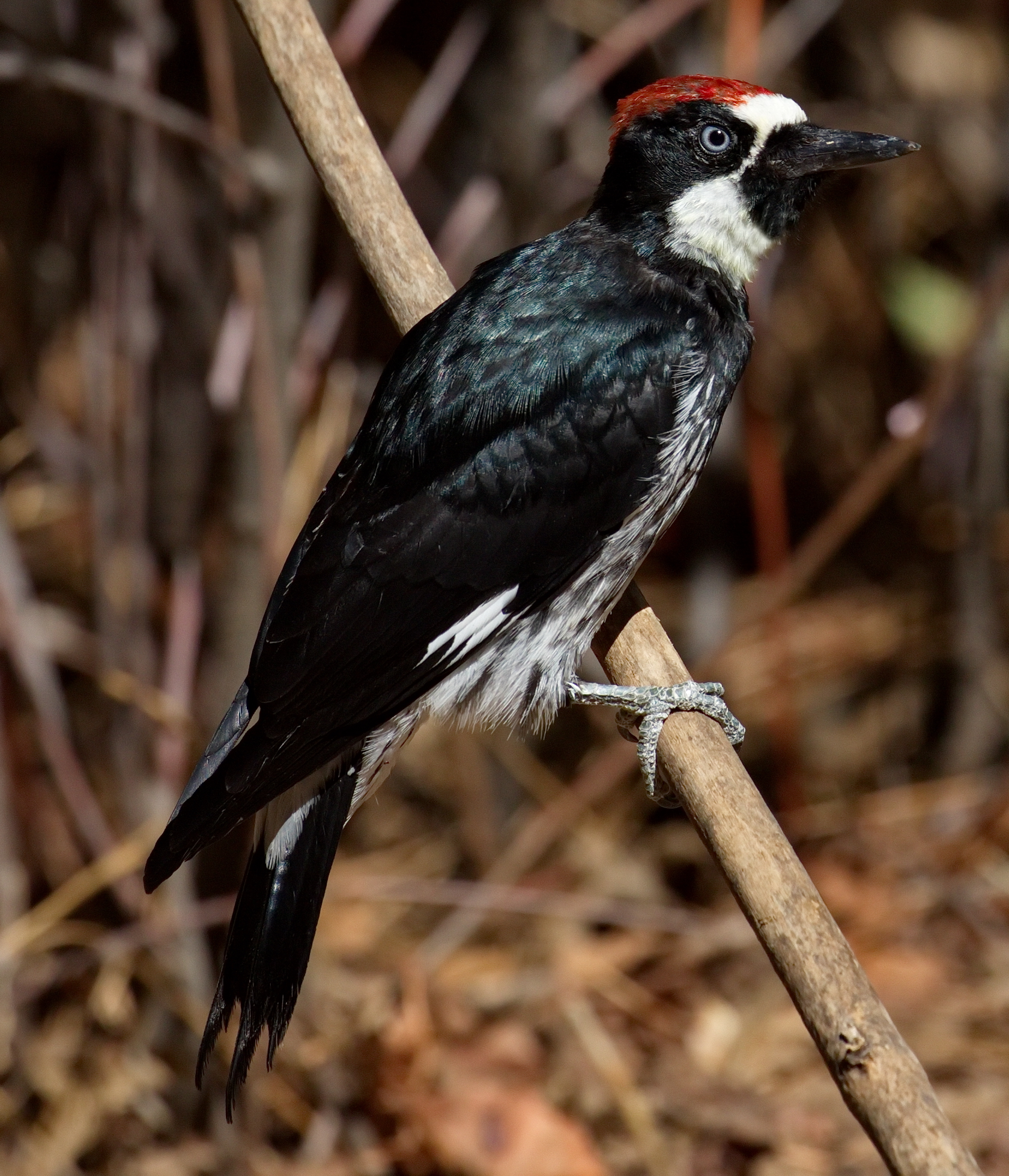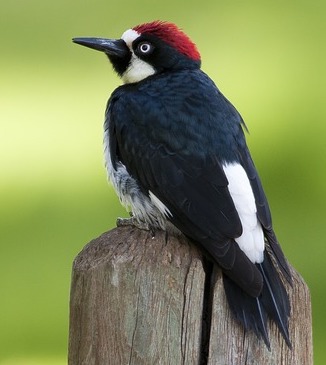

I just can’t bring myself to watch these. Offering acorns in your feeders is very likely to draw in these birds if you live in their region.I’ve been encouraged over the past couple of years to watch “Tiger King” and other salacious documentaries about the exploitation of wild animals.
Acorn Woodpecker: This common west-coast woodpecker has a clown-like facial pattern and a notorious appetite for acorns. The best way to attract them is to plant maple, birch, or beech trees, or to offer suet. As the name suggests, it has a fondness for tree sap. South and Southeastern states and in the east-central United States during migration periods. In summer, it is found in the Northern United States in the winter, in the U.S. It is an average-sized bird, 7 to 8 inches long. It has a typical woodpecker diet but is especially fond of fruit. Yellow-Bellied Sapsucker: This colorful woodpecker with yellow splotches can be found in many areas of North America at different times during its migrations. It is found year-round in the Southwest United States. Its primary diet is larval and adult insects and fruit. Ladder-Backed Woodpecker: This smallish woodpecker (about 6 to 7 inches long) has alternating white and black bars along its back. However, maintaining birdbaths in your yard may well attract flickers. Flickers typically eat at ground level on ants and beetles and are not commonly seen at feeders. The yellow-shafted flicker is regarded as a subspecies of the red-shafted flicker-the red-shafted found in the western United States, the yellow-shafted in the East. Most types have sections of red somewhere on the head. They are medium-to-large woodpeckers (around 12 inches). Flicker: Several types of flicker are found across the United States, all notable for their overall brownish color interrupted by black bars and splotches. The best way to attract them is to allow dead trees and stumps to remain on your property and to maintain suet feeders and birdbaths. Pileated woodpeckers are almost exclusively insect eaters. It has large areas of black and white coloring, with a crested head of solid red. It is found year-round in the far northern United States and in the Southeast. Pileated Woodpecker: This is one of the largest woodpeckers, at 16 to 19 inches in length. You have a decent chance of attracting this woodpecker if you live within its range and offer a varied diet including suet and a water source. 
It is an omnivorous feeder that consumes bugs, berries, seeds, and sometimes even small rodents. Loss of habitat has threatened this bird over much of its historic range, and bird-watchers are usually thrilled to spot one at a bird feeder. It is a medium-sized woodpecker (7 to 9 inches), found mostly in the east-central United States, migrating to the north during the summer breeding season.
Red-Headed Woodpecker: This striking bird has a solid dark red head and solid black and white body color. 
Offering sunflower seeds, peanuts, and suet is a good strategy for attracting this bird. Though sometimes confused with the red-headed woodpecker, this species has a body color with alternating bars of white and black, not the large sections seen in the red-headed woodpecker. It is a medium-sized woodpecker, 7 to 9 inches long. Red-bellied Woodpecker: Although this bird has a reddish-orange head, it is named for the rusty orange hues on its abdomen.In winter, it is very fond of suet and black-oil sunflower seeds. It is primarily an insect-eater, but also consumes nuts, seeds, and berries. It can be found year-round over much of the United States. Hairy Woodpecker: This species has very similar coloring to the downy woodpecker, but is a larger bird, at 6 to 9 inches in length.
#REHAB ACORN WOODPECKER CRACKED#
A feeder filled with sunflower seeds and cracked corn is especially effective at attracting downy woodpeckers, as is suet mixed with peanut butter. The downy woodpecker eats mostly small insects but also nuts, berries, and seeds. It is easily confused with the hairy woodpecker, which has identical markings but is a larger bird. The belly is predominantly white, the back is black with white bars. It can be found over much of the United States year-round. Downy Woodpecker: This is one of the smallest woodpeckers, at 5 to 7 inches in length.The Spruce Home Improvement Review Boardĩ Common Woodpecker Species and Diet Specifics.







 0 kommentar(er)
0 kommentar(er)
